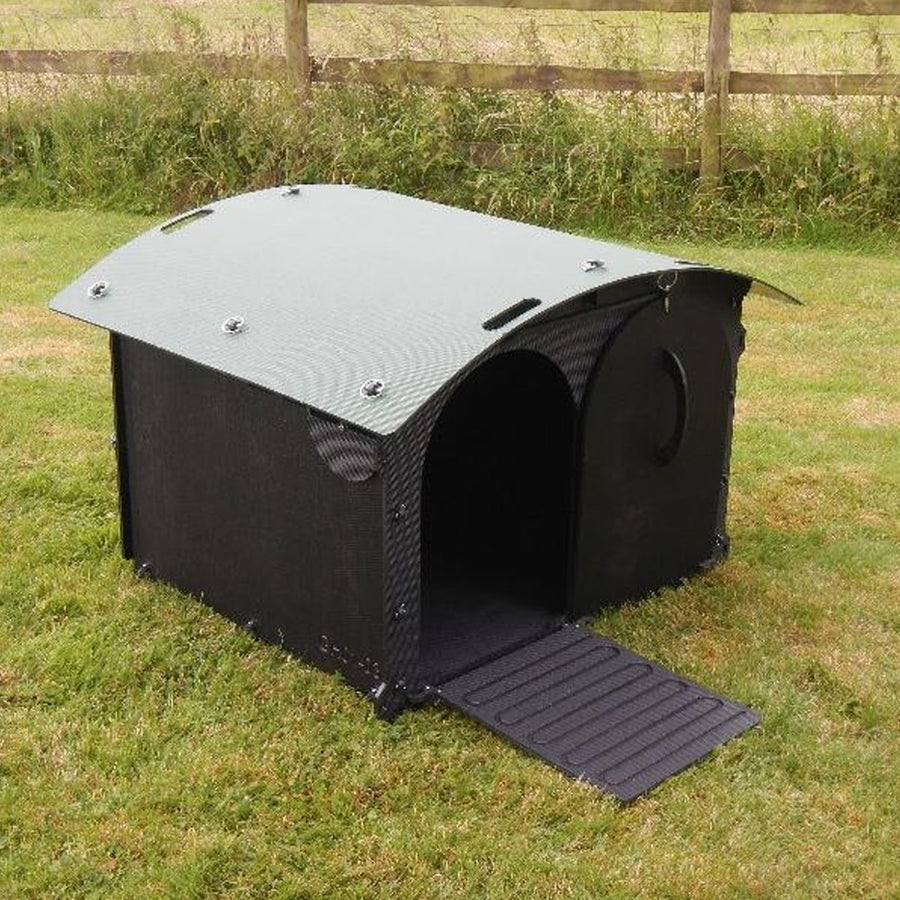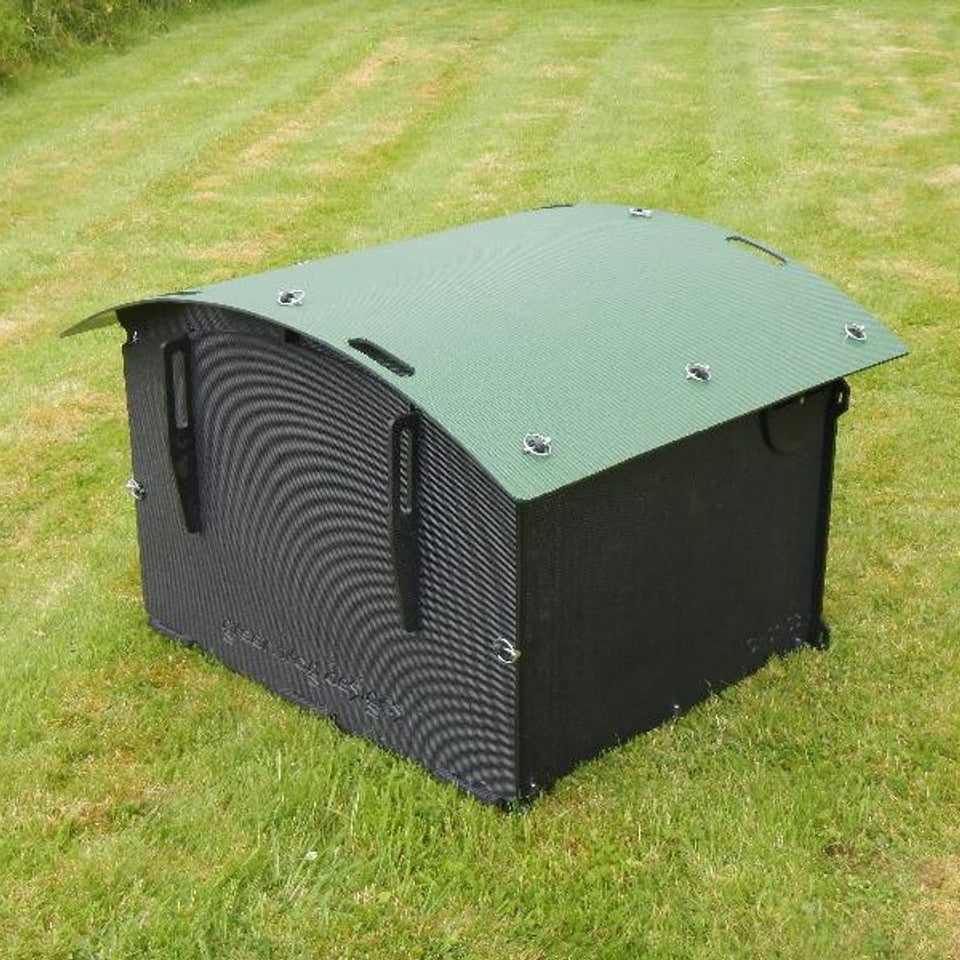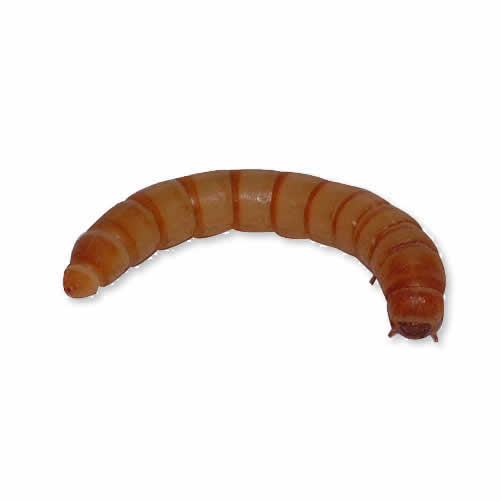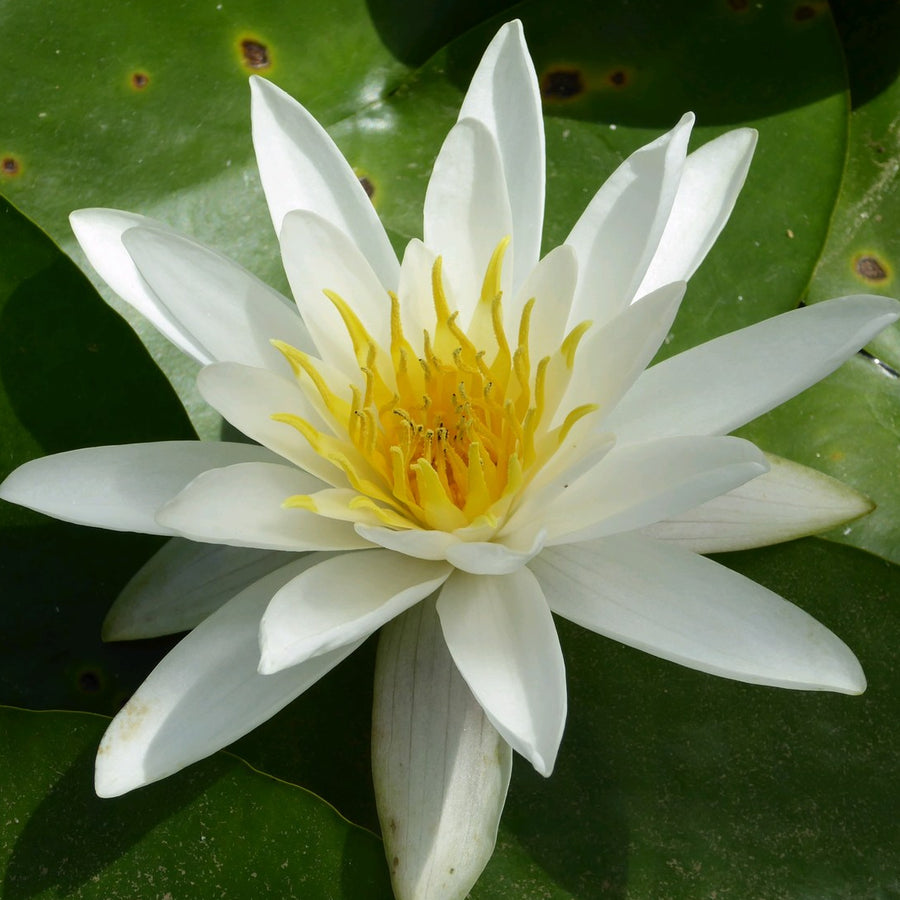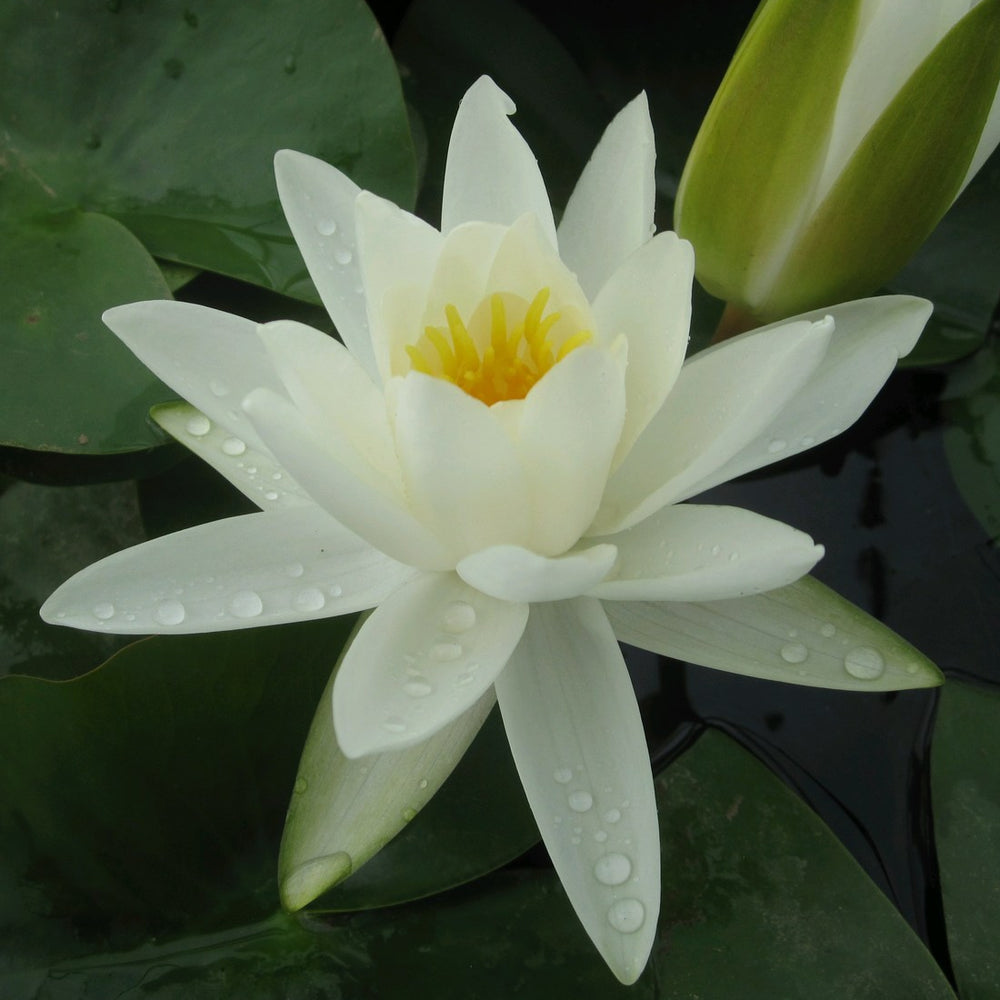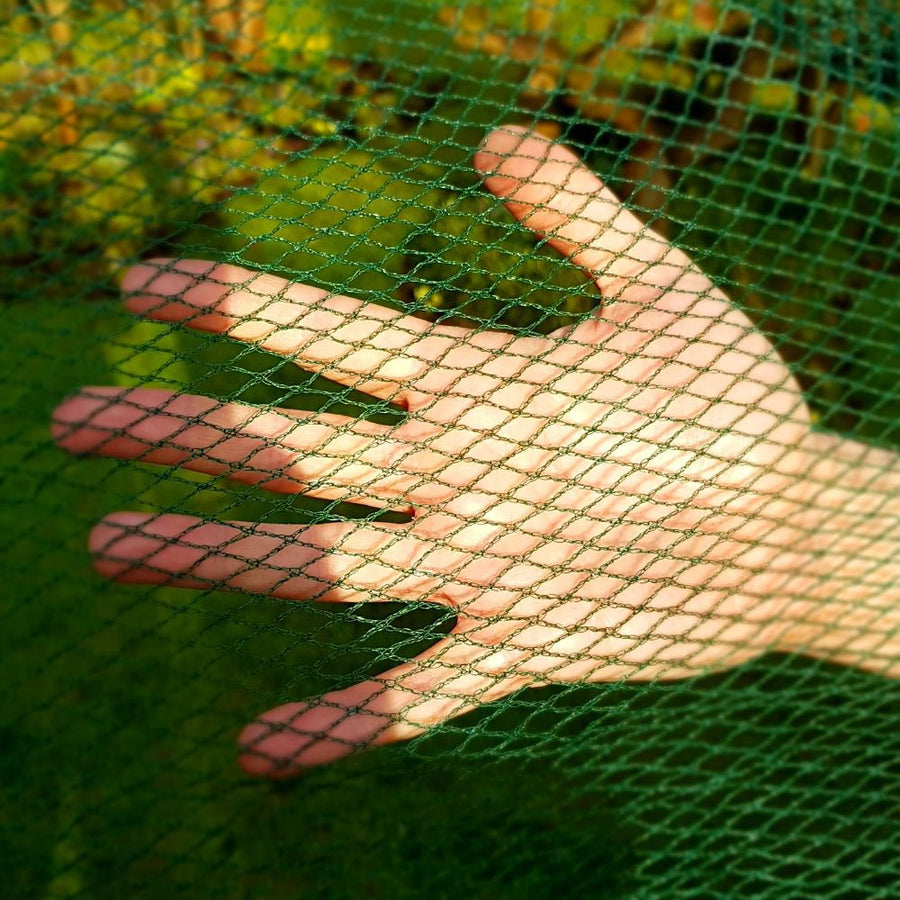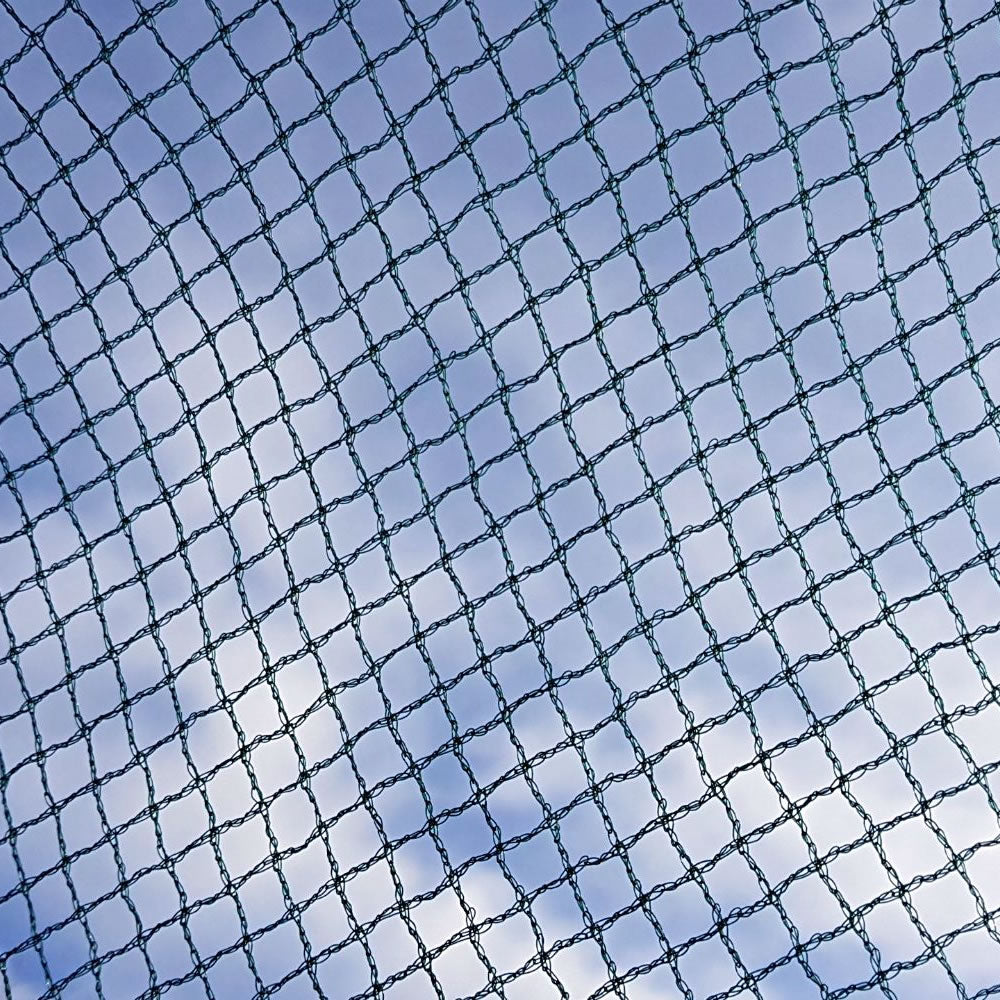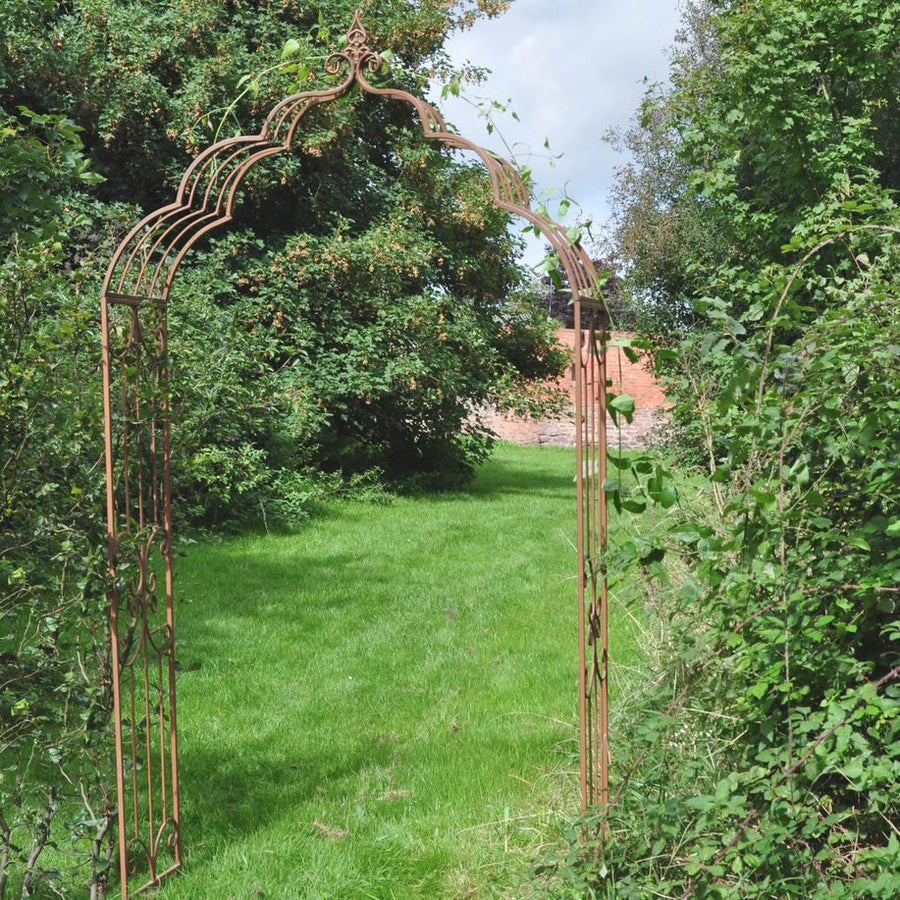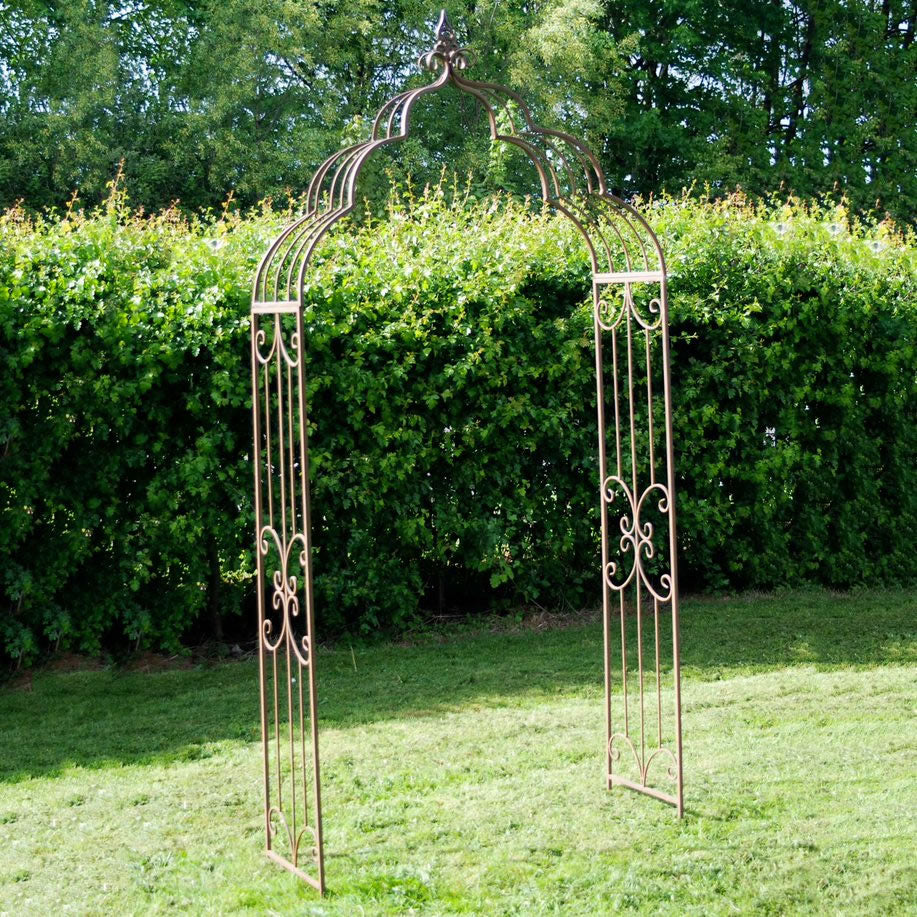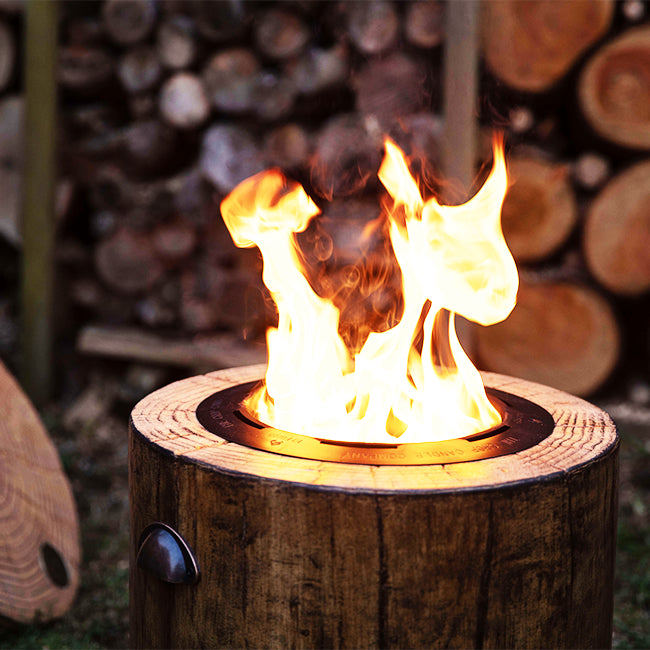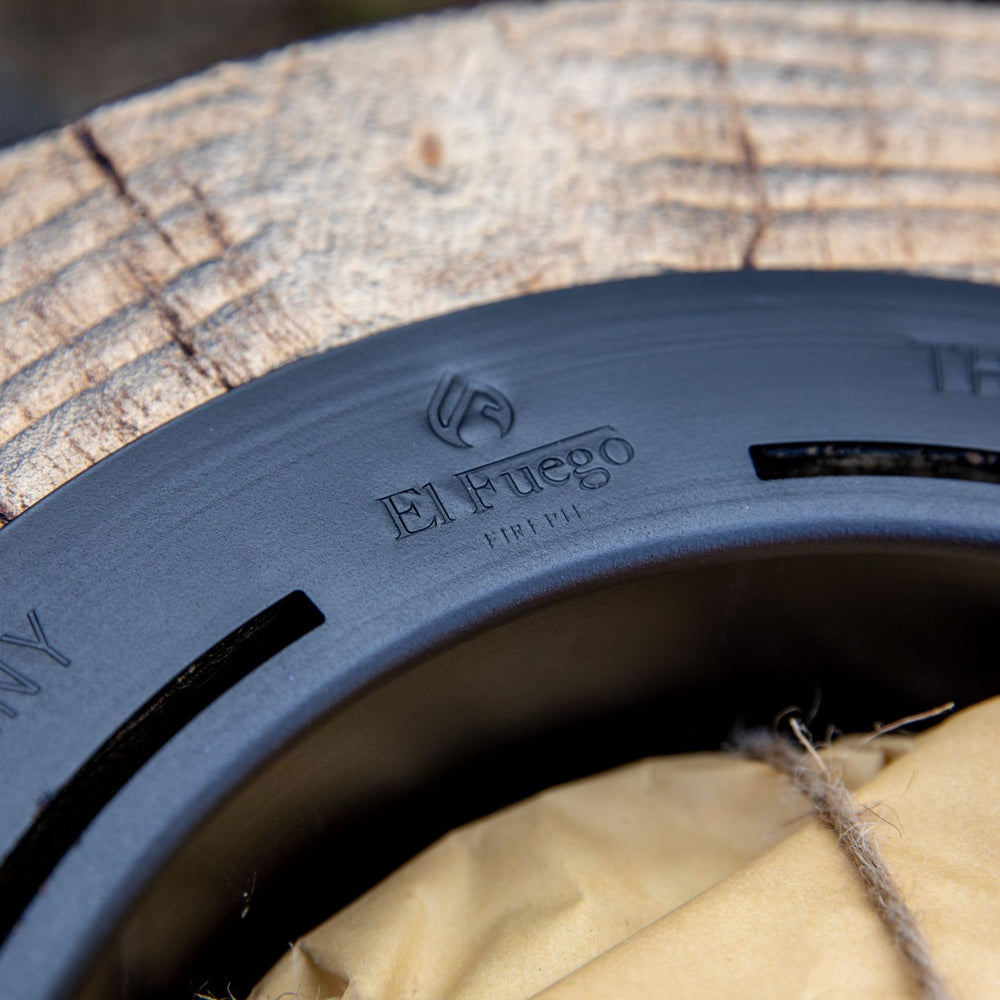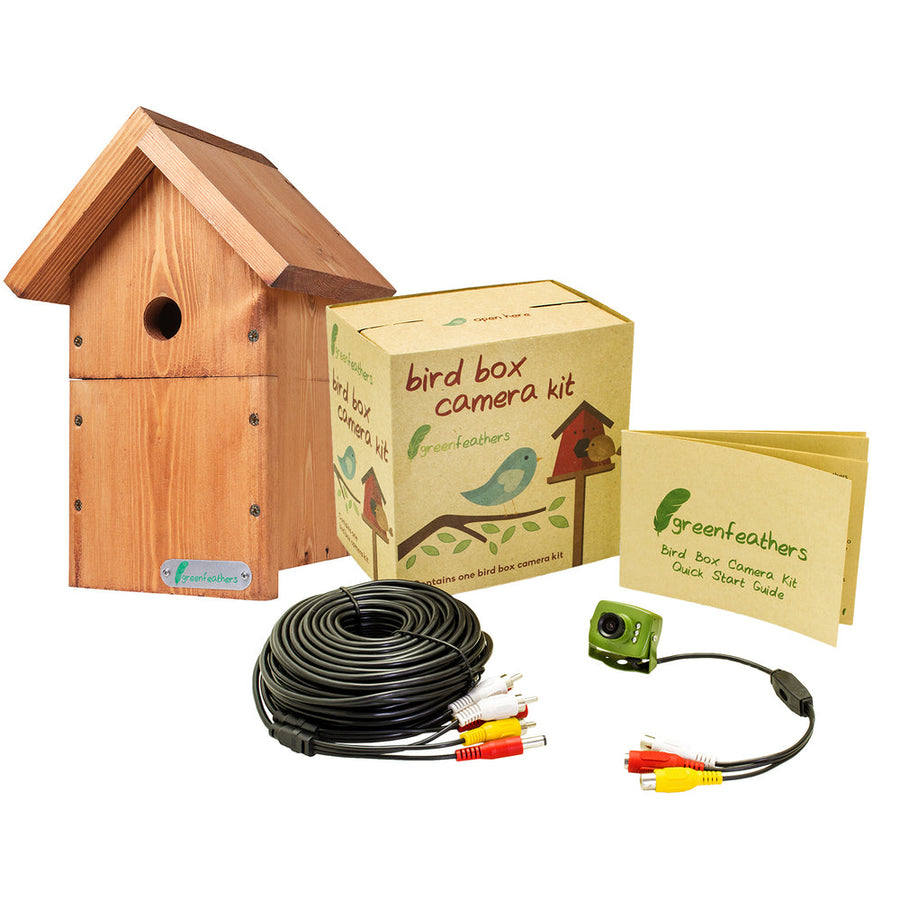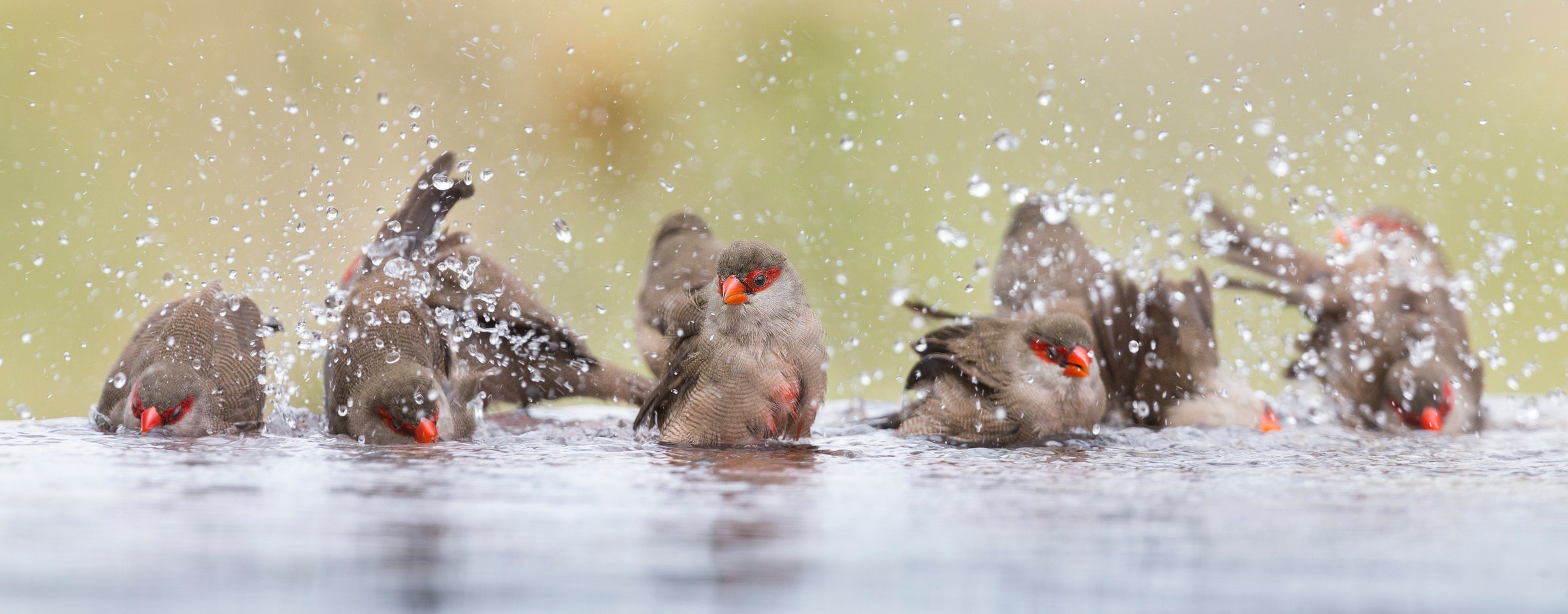
Bird Baths
A birdbath offers vital drinking water year-round, helping wild birds thrive in every season. The gentle splash from a well-placed birdbath not only refreshes feathered friends, it quickly attracts a delightful variety of species. Add a bowl from our range and watch your garden come alive.
Why Add a Birdbath to Your Garden?
A bird bath is more than a charming garden feature, it’s a lifeline for wildlife. Providing fresh drinking water helps attract birds of all species, from those nesting in nearby trees to visitors passing through your outdoor space. More birds mean more colour, song, and natural pest control in your backyard. You can also encourage them to stay longer by providing bird boxes for nesting, and even install bird box cameras to enjoy a closer look at their daily activities.
In summer, a bird bath offers many species a place to drink, bathe, and preen. In winter, unfrozen water becomes essential for survival. You can add texture with pebbles, gravel, or stones so smaller birds can stand safely, and choose materials like concrete or weather-resistant finishes for year-round durability.
To keep your bird bath clean and healthy, place it in partial shade to deter algae and mosquitoes, refresh the water often, and remove dirt or debris. With the right placement – ideally near plants or trees – you’ll create a safe, inviting sight that supports nature, encourages eggs to be laid nearby, and adds lasting elegance and a charming focal point to your garden.
How to Choose the Best Bird Bath
- Choose the right material: Stone and concrete blends with nature, are weather resistant and lasts long, metal and iron add charm, ceramic and glazed terracotta bring colour and vibrant designs, and resin/plastic is light and easy to move.
- Pick the ideal size and depth: Aim for 1–2 inches deep, add pebbles or stones for shallow areas and extra safety.
- Decide on water style: Still baths are classic while moving water features help deter mosquitoes.
Frequently Asked Questions
What time of day do birds use birdbaths?
Birds often visit a bird bath bowl in the early morning or late afternoon, with extra visits on hot days to cool off. Place them close to trees nearby for shelter and keep your garden bird bath clean and welcoming, and you’ll soon see more birds stop by – some may even return to lay eggs nearby.
How do you clean bird baths properly?
Clean your bird bath every 2–3 days by emptying, scrubbing, and refilling with fresh water to prevent algae, bacteria, and mosquito larvae. Once a week, give it a deeper clean with a vinegar solution (1:9), rinse well, and let it dry. For fresher water, keep it shaded and use a small pump or fountain to keep it moving.
Why do birds need bird baths?
Birds need bird baths for drinking, keeping cool, and cleaning their feathers to stay healthy. Bathing helps remove dirt and parasites, while fresh water is vital, especially in dry weather. They often bathe in groups, bringing lively activity to the garden.
Where is the best place to put a bird bath?
Place your bird bath about 10–15 feet from shrubs or trees for safe cover, but not so close that predators can easily approach. Choose a shaded, stable spot away from bird feeders to keep bird food out and keep the water cool and clean.


